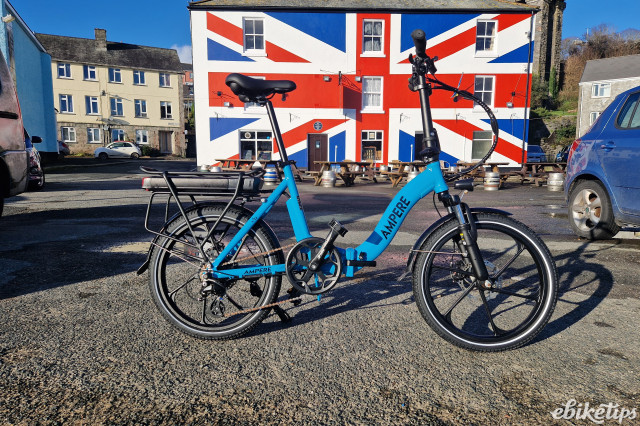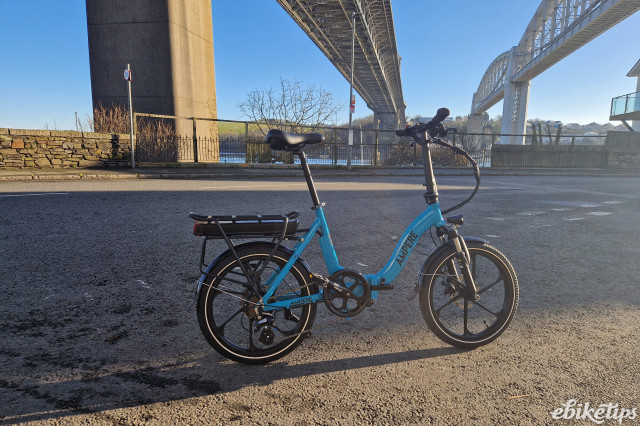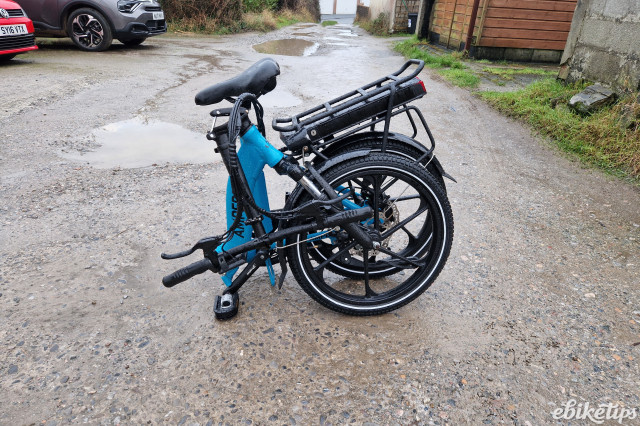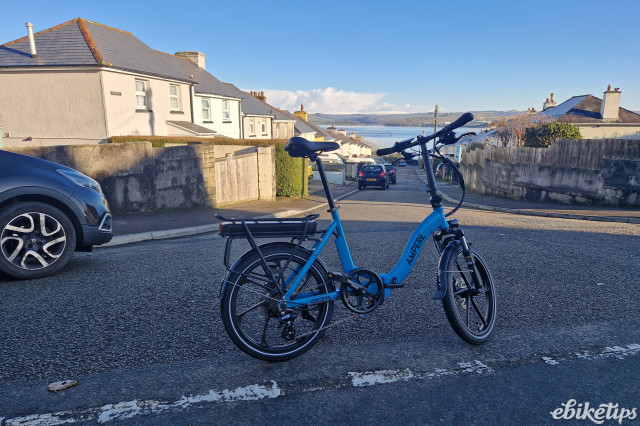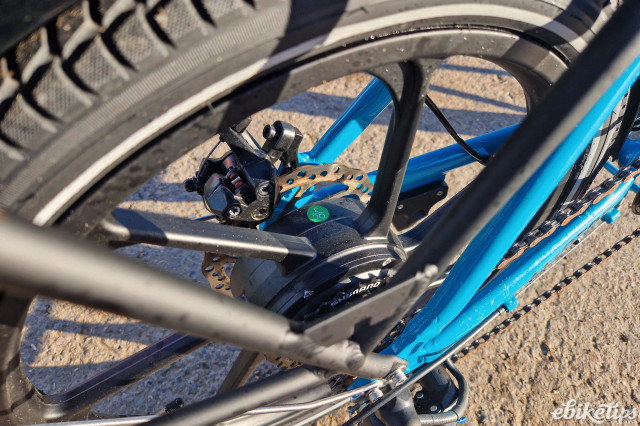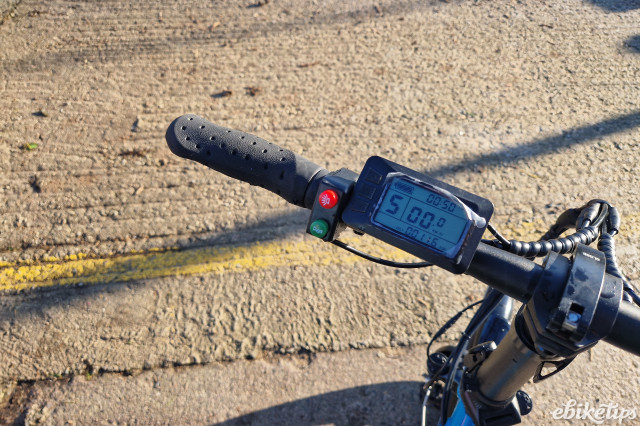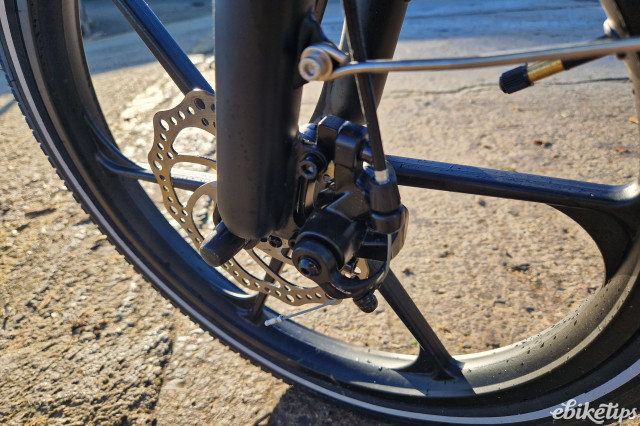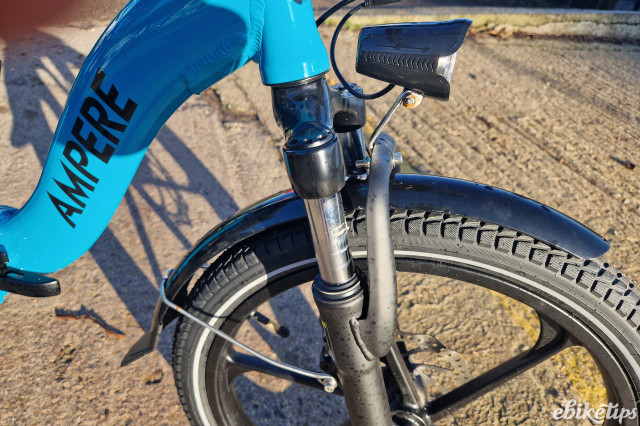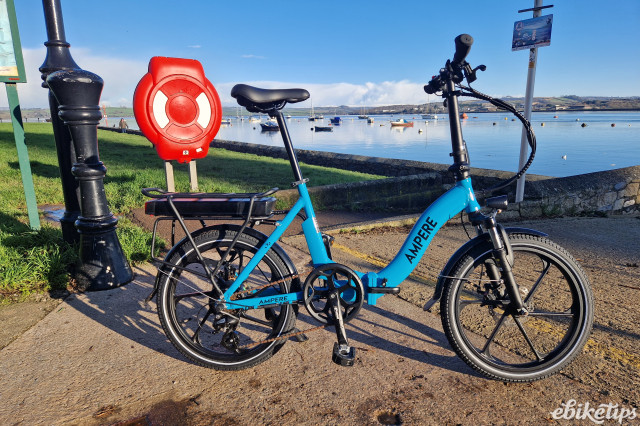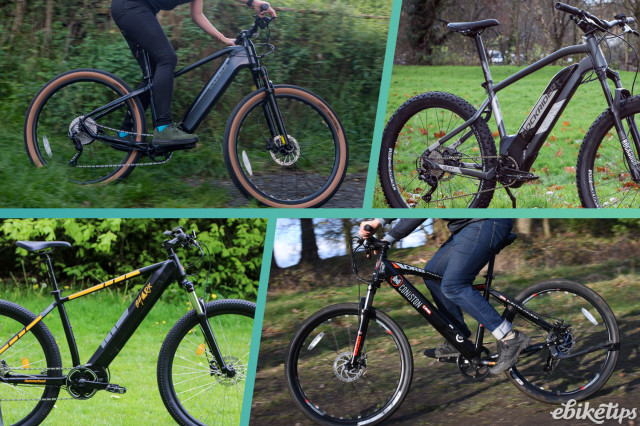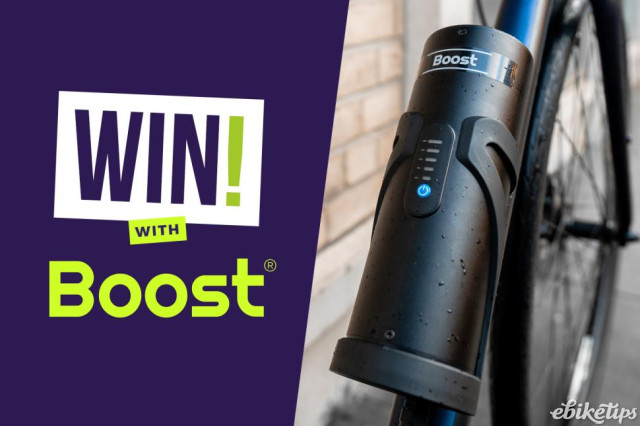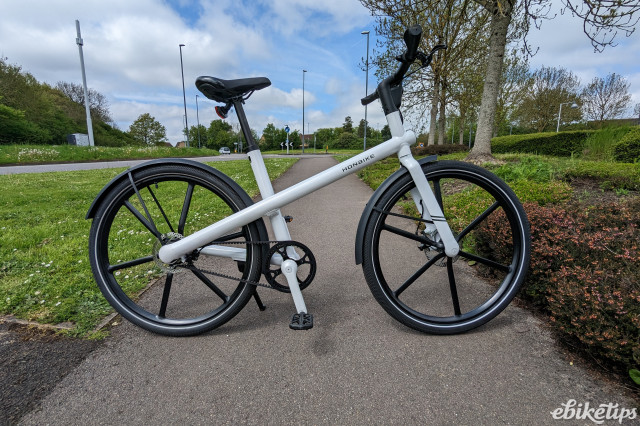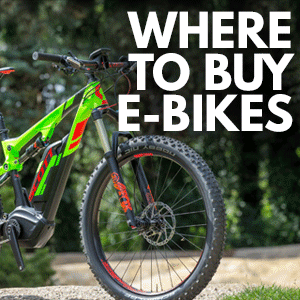Review: Ampere Alter
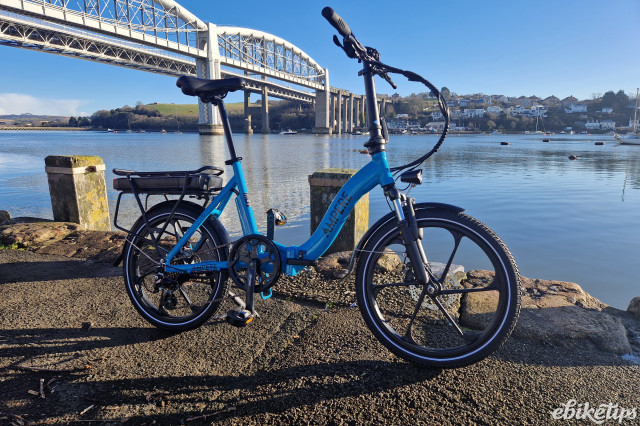
Overview
- Nice build quality
- Smooth pedal assist
- Comfortable
- Heavy
- No catch to hold the bike together when folded
The recently-released Ampere Alter folding e-bike might look familiar at first glance, but it’s aiming to stand out with a focus on quality, while keeping its £1,299 price point relatively accessible. With a 250W hub motor and a choice of either a 360Wh (tested here) or 540Wh battery, it’s all wrapped up with a nicely finished frame. But beneath the glossy paintwork, is the Ampere a step above the rest, or just another face in the crowd?
Devon-based Ampere has been in business since 2020 and offers a range of sub-£2000 electric bikes. The Alter tested here is one of two folding models in their range (the other is the Mode). Unlike similar cheaper options, the Alter has components from familiar brands and a slightly higher-tier Shimano Altus drivetrain.
My first impression was that it’s a well-finished bike, although the rack-mounted battery gives it a somewhat dated look. The striking gloss blue paintwork contrasts nicely with the black finishing kit. Everything from the adjustable stem to the folding mechanism looks decent quality.
The ride
The weather was far from ideal during the testing period, but I still managed to brave a couple of delivery shifts between Christmas and New Year's Eve. For the first ride, I took the Ampere out for a two-hour Stuart delivery stint, delivering small grocery orders around Plymouth.
I noticed a couple of subtle things straight away. Firstly, the cadence assist is responsive, and only a quarter of a turn of the crank is needed to activate the motor. Secondly, the power comes on very smoothly with none of the jerky stop/start usually associated with cadence systems.
The first part of my journey into Plymouth involves a slightly downhill section followed by a short, moderate climb. As expected, I ran out of gears at just over 20mph and had to stop pedalling. Once my speed dropped back on the uphill section, the motor kicked in and was powerful enough to keep me at 15mph for the duration of the climb.
Shortly after crossing the Tamar Bridge into Devon, I received my first job from a nearby Co-op. After a short wait, I collected a heavy grocery order and once on board the Ampere, I headed off. The delivery address was only a mile away but involved negotiating a particularly steep hill. The Ampere made it up the 15% climb, but not without considerable effort on my part.
As the day wore on, it became obvious that the Alter’s forté was gently rolling terrain, with nothing too steep. On flatter roads, the motor quickly takes you to the 15.5mph motor assistance limit, and the bike rolls well on its road-friendly tyres. It doesn’t like very steep hills though, and there comes a point when it feels like it would be easier to walk.
The step-through frame made it easy to get on and off the bike, which was especially useful when carrying a loaded food bag, and overall it's a comfy, well-balanced bike. As mentioned above, it can feel under-geared when riding downhill, but for climbing moderate hills, the gearing is about right.
The folding and unfolding process uses the familiar three-fold system and takes just seconds to complete. The catches are easy to unlock, making the process nice and straightforward. However, it’s disappointing that there’s no mechanism to hold the bike together once folded - other similar models often use magnetic clasps on the wheels. We're told that the bike will be supplied with a Velcro stap to hold it together when folded.
At 24kg, the Alter is also quite heavy, so carrying it upstairs isn’t something you’d want to do often.
After 23 miles and a lot of climbing, the display showed one-bar battery power remaining, so I decided to call it a day and head back home. After spending two and a half hours in the saddle I had no complaints. While the bike struggled on some of the steeper hills, in general, it was a good workhorse. If I were choosing one of these for delivery riding, I'd be inclined to get the 540Wh battery option and maybe buy a spare for busier days.
I subsequently used the Alter as a daily hack, for shopping and running errands. It proved reliable despite some miserable weather. The battery range remained fairly consistent at around 25 miles between charges, but that is using the highest power setting.
Specification
The Alter's aluminium frame is finished in a striking deep gloss mid-blue. The cables are internally routed and the paint finish is flawless.
The 250W rear hub motor is advertised as producing 50Nm of torque. I can't verify this, but can say that it doesn’t really feel any quicker (or slower) than similar e-bikes I’ve tested. The motor doesn't have any branding, but is smooth and fairly quiet. It would have been nice to see a torque sensor at this price point, but the cadence pedal assist is a good one.
The bike has a small LCD display, which I've come across on other e-bikes. It’s not bursting at the seams with functionality but offers all the metrics needed. If you ever damaged the display, it would be easy to source a replacement and they’re fairly cheap.
The rack mounted battery is available in two options: 360Wh or 540Wh and there is an integrated rear light which is a nice touch. I was pleasantly surprised with the range of the 360Wh battery. On my first day, I covered a total of 30 miles and the battery was more or less empty by the time I got home. Considering my weight, the hilly terrain and the fact I was carrying heavy loads, that's pretty good going.
The gearing is a step up from the usual entry-level fare found on budget e-bikes. There's a Shimano Altus derailleur with a 7-speed trigger shifter. Gear changes are crisp and precise. The 14-28 gearing is common on budget e-bikes and should suit most riders.
The Radius brakes performed better than expected. I’m not a fan of mechanical disc brakes, but these had more bite and better modulation than the unbranded brakes often found on cheaper e-bikes. Even when loaded and descending steep city streets, they worked well enough.
Up front, there’s a basic Zoom suspension fork which can’t be locked or adjusted. When pedalling hard uphill it tends to bob up and down, which is annoying, but it did a decent job of handling cobbled backstreets.
The six-spoke mag wheels are a good idea on an urban folder, but do add extra weight. The wheels are shod in Innova puncture resistant tyres with a reflective sidewall strip. They roll reasonably well and I didn't have any punctures throughout the testing period, despite riding on city streets.
Regarding accessories, there are mudguards, pannier rack, kickstand and lights. The front light is switched on via a button on the handlebar, while for the rear light, there is a small button on the battery.
Comfort and sizing
Despite spending several hours riding the Ampere, I found it comfortable. The saddle has a decent amount of padding and the adjustable handlebar height means you can have the bars as high or low as you like.
Like most folders, the Alter is designed to accommodate riders of various heights and there's considerable adjustment in both the handlebar and seat height. I had no problems at 6ft, and my younger daughter who is 5ft 2in could also ride it confidently.
Alternatives
The Ampere Alter sits in a very competitive space with lots of similarly priced alternatives.
The Estarli e20.7 Original Pro impressed our reviewer Stu when tested back in 2023. The similar Comfort model is still available, at just over £1,500. It’s considerably lighter at 18kg, and has a rigid fork (which I prefer). The battery is 259Wh but still returned a range of 24 to 28 miles.
The Eovolt Afternoon Vintage is a pricier option at £2,199, but offers a unique design with an ultra-high-quality look and feel. I was very impressed with its big bike ride quality and stable, predictable handling when I tested it last year. There’s also a torque sensor for responsive electric assistance, as well as hydraulic brakes.
The Ado Air 20 is also in the same territory, price-wise, but offers the simplicity of a carbon belt drive. While it’s lighter than the Ampere at 18.5kg, the single-speed design is better suited to flatter terrain. It also offers limited adjustment in the seat height, making it less suitable for taller riders.
Conclusion
The Ampere Alter is a decent folding e-bike. It’s well-finished, rides nicely and isn’t too expensive. The motor is powerful enough for moderate hills and the range will satisfy most commuters. Its weight lets it down and a minor detail like a catch to hold the folded bike together should have been added. Still, if you’re looking for something that’s a touch classier than some of its cheaper rivals then it’s definitely worth considering.
